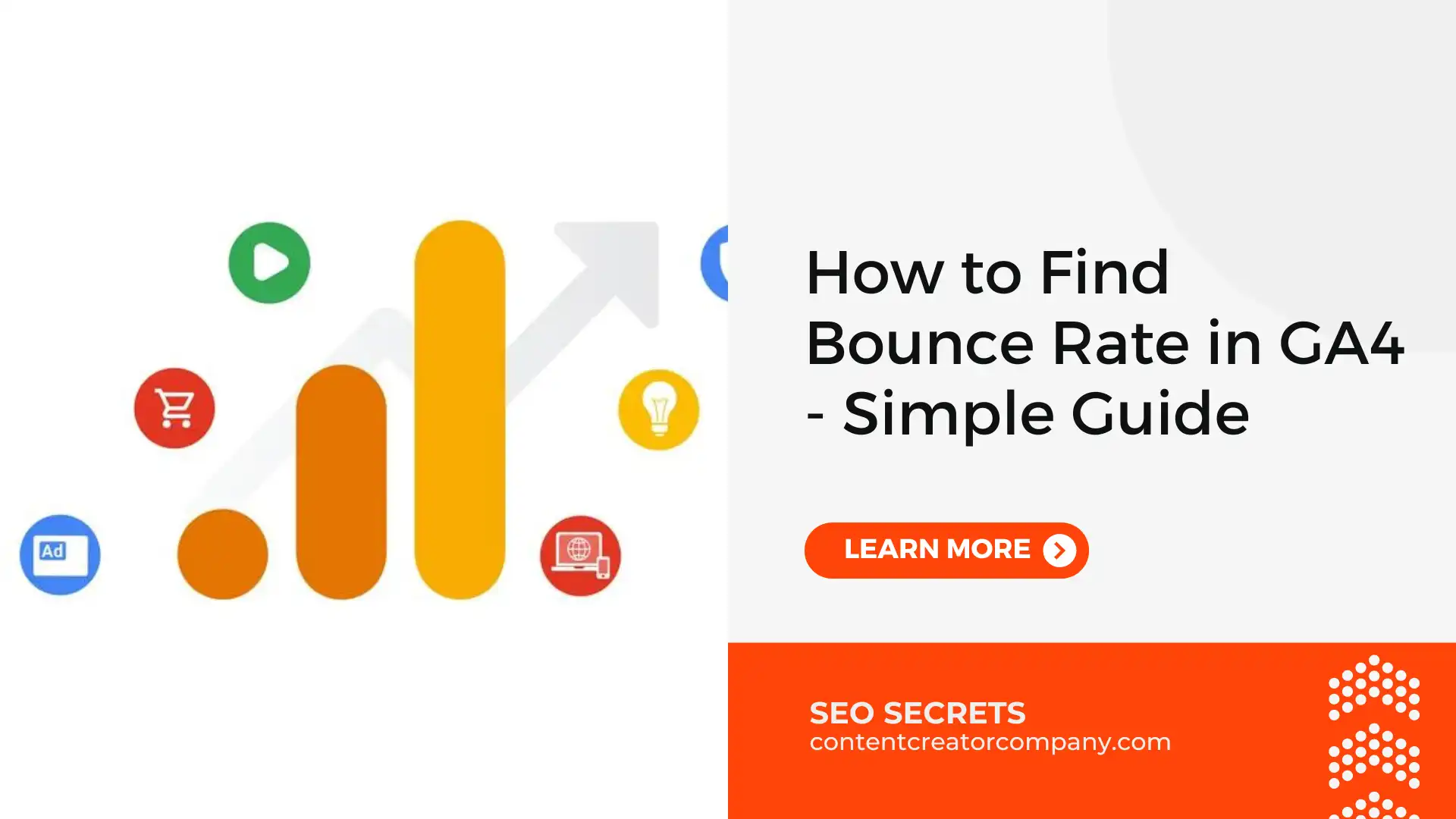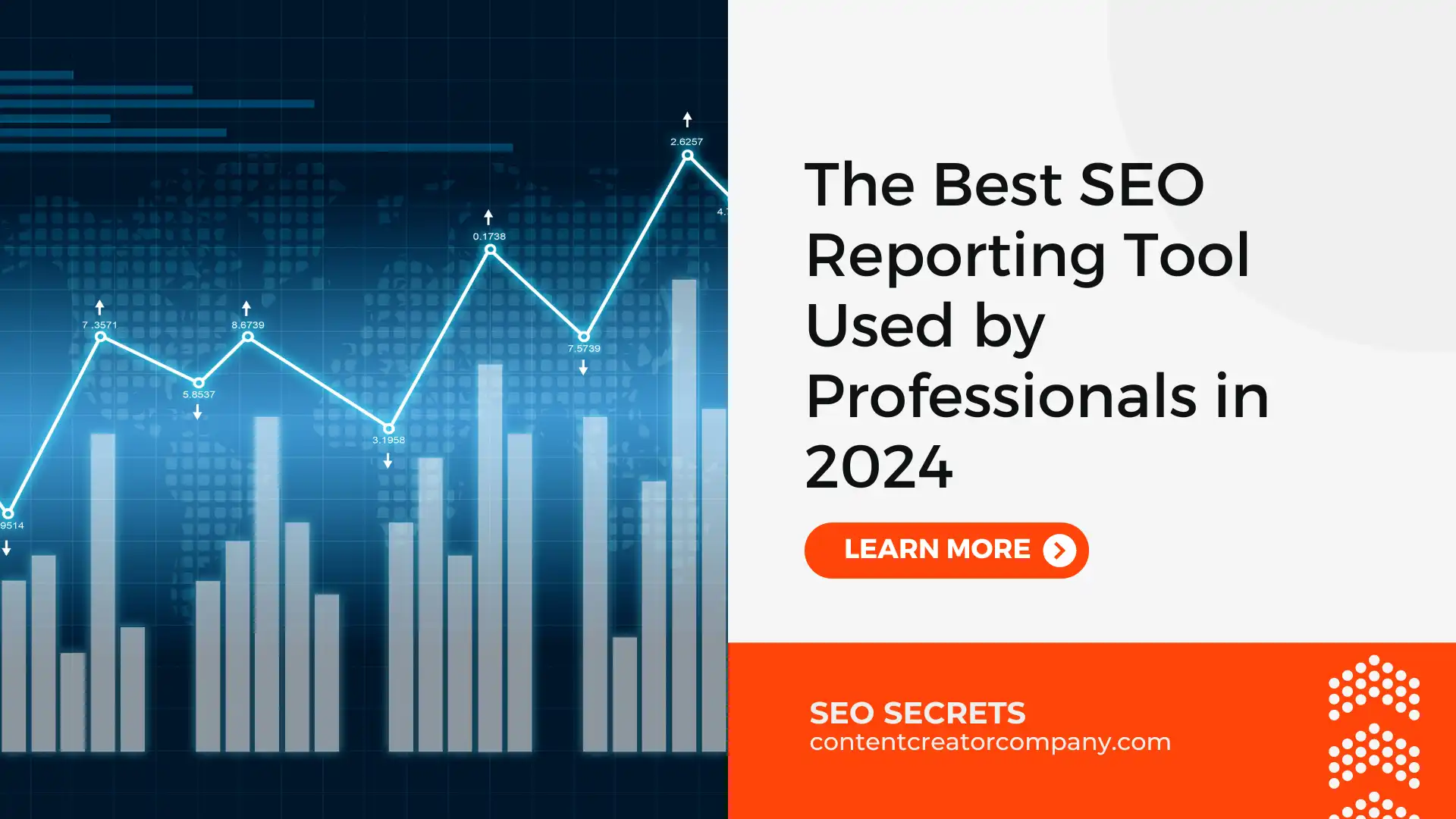
Having a visually appealing website and a stellar product lineup isn’t enough to guarantee success. The internet is teeming with thousands of online stores vying for the attention of potential customers. This is where Search Engine Optimization (SEO) comes into play.
For Shopify store owners, SEO isn’t just a luxury; it’s an absolute necessity and there are reasons why you should start following the Shopify SEO checklist to improve your sales.
SEO is the process of optimizing your website to rank higher in search engine results pages (SERPs), thereby increasing visibility and driving organic traffic. With over 4.6 billion people using the internet worldwide, and search engines like Google serving as the primary gateway to online content, neglecting SEO means missing out on a massive pool of potential customers.
As search engine algorithms evolve and consumer behaviors shift, it’s essential for Shopify store owners to stay ahead of the curve with their SEO strategies. The Shopify SEO Checklist for 2024 provides a comprehensive roadmap to optimize your online store for maximum visibility, traffic, and sales.
This checklist covers various aspects of SEO, including technical optimization, on-page SEO, content strategy, user experience (UX) enhancements, off-page SEO tactics, local SEO considerations (if applicable), and ongoing monitoring and optimization. By following this Shopify SEO checklist diligently, Shopify store owners can position their online stores for success in an increasingly competitive digital landscape.
1. Technical SEO
In an era where mobile devices dominate internet usage, having a mobile-responsive website is non-negotiable. Ensure that your Shopify store is optimized for mobile devices to provide a seamless browsing experience for users. Additionally, prioritize speed optimization by minimizing page load times through techniques such as image optimization, minification of code, and leveraging browser caching.
Craft SEO-friendly URLs that are descriptive, concise, and include relevant keywords. Ensure that your Shopify store’s domain is configured properly, with HTTPS protocol and a consistent www or non-www preference. A clean URL structure not only enhances user experience but also makes it easier for search engines to crawl and index your site.
Secure your Shopify store with an SSL certificate to encrypt sensitive data and provide a secure browsing experience for users. Implement additional security measures, such as two-factor authentication and regular security audits, to safeguard against potential threats and vulnerabilities.
2. On-Page SEO
Conduct thorough keyword research to identify relevant search terms and phrases that align with your products and target audience. Optimize your Shopify store’s content, including product titles, descriptions, headings, and meta tags, to incorporate these keywords naturally and improve visibility in search results.
Craft compelling and descriptive product titles and descriptions that not only showcase your products but also incorporate targeted keywords. Optimize meta titles and descriptions for each page to provide concise summaries that entice users to click through from search results.
Implement structured data markup, such as schema.org, to provide search engines with additional context about your Shopify store’s content. Enable rich snippets, such as product reviews, ratings, and pricing information, to enhance visibility and attract clicks in search results.
3. Content Optimization
Invest in creating high-quality, relevant, and engaging content that resonates with your target audience. From blog posts and product guides to video tutorials and customer testimonials, diversify your content strategy to provide value and establish authority in your niche.
Integrate targeted keywords seamlessly into your content to improve its relevance and visibility in search results. Avoid keyword stuffing and focus on providing valuable information that addresses the needs and interests of your audience.
Implement a strategic internal linking strategy to connect related content within your Shopify store. By interlinking relevant pages and products, you can improve navigation, distribute link equity, and enhance the overall SEO performance of your site.
4. User Experience (UX) Optimization
Streamline navigation and site architecture to provide a user-friendly browsing experience. Organize your Shopify store’s content into logical categories and subcategories, making it easy for users to find what they’re looking for.
Optimize page load speed and performance by compressing images, minifying CSS and JavaScript files, and leveraging browser caching. A fast-loading website not only improves user experience but also positively impacts search engine rankings.
Prioritize mobile-friendliness by designing responsive layouts and intuitive navigation menus that adapt seamlessly to different screen sizes. Optimize user interface elements, such as buttons, forms, and calls-to-action, for touch interaction and accessibility.
5. Off-Page SEO
Earn backlinks from authoritative websites and industry influencers to boost your Shopify store’s credibility and authority in the eyes of search engines. Focus on acquiring natural, relevant, and high-quality backlinks through guest blogging, influencer outreach, and content partnerships.
Harness the power of social media platforms to amplify your Shopify store’s visibility and reach. Engage with your audience on social networks, share valuable content, and collaborate with influencers and brand advocates to expand your online presence and drive referral traffic.
Monitor and manage online reviews and reputation across various platforms, including Google My Business, Yelp, and industry-specific review sites. Encourage satisfied customers to leave positive reviews and promptly address any negative feedback to maintain a positive brand image.
6. Local SEO (if applicable)
Optimize your Google My Business listing with accurate business information, including name, address, phone number, and operating hours. Encourage customers to leave reviews and ratings, and regularly update your listing with relevant updates and promotions.
Target localized keywords and phrases that are relevant to your target audience and geographic location. Build citations and local business listings on directories and review sites to improve local search visibility and attract nearby customers.
Encourage satisfied local customers to leave reviews and testimonials about their experience with your Shopify store. Positive local reviews not only enhance your online reputation but also contribute to improved local search rankings.
7. Ongoing Monitoring and Optimization
Monitor key SEO metrics, such as organic traffic, keyword rankings, and conversion rates, using analytics tools like Google Analytics and Google Search Console. Track performance indicators regularly to identify areas for improvement and optimization.
Perform regular website audits to identify technical issues, content gaps, and opportunities for improvement. Address any issues promptly and implement necessary updates to ensure your Shopify store remains optimized for search engines and users alike.
Stay abreast of the latest SEO trends, algorithm updates, and industry best practices to adapt your strategies accordingly. Attend webinars, read industry blogs, and participate in relevant forums to stay informed and ahead of the curve in the ever-evolving world of SEO.
Optimizing your Shopify store for SEO is paramount to achieving ecommerce success in 2024 and beyond. By implementing the strategies outlined in this comprehensive guide, you can improve your store’s visibility, attract qualified traffic, and ultimately increase sales and revenue.
We encourage you to take action and implement the Shopify SEO Checklist outlined in this guide to unlock the full potential of your ecommerce venture. With dedication, consistency, and a focus on continuous improvement, you can position your Shopify store for long-term growth and success in the competitive digital landscape.
Don’t wait any longer. Start optimizing your Shopify store for SEO success today. Whether you’re a seasoned Shopify entrepreneur or just starting your ecommerce journey, investing in SEO is a critical step towards achieving your business goals. Take advantage of the actionable insights provided in this guide to enhance your Shopify store’s visibility, attract targeted traffic, and drive conversions.
Remember, SEO is not a one-time task but an ongoing process that requires dedication and effort. By staying proactive and continuously monitoring and optimizing your Shopify store’s performance, you can stay ahead of the competition and maintain a competitive edge in the dynamic digital landscape.
As you embark on your SEO journey, don’t hesitate to seek assistance from experts or leverage Shopify’s robust ecosystem of resources, including plugins, apps, and community forums. With the right tools and knowledge at your disposal, you can navigate the complexities of SEO with confidence and propel your Shopify store to new heights of success.





